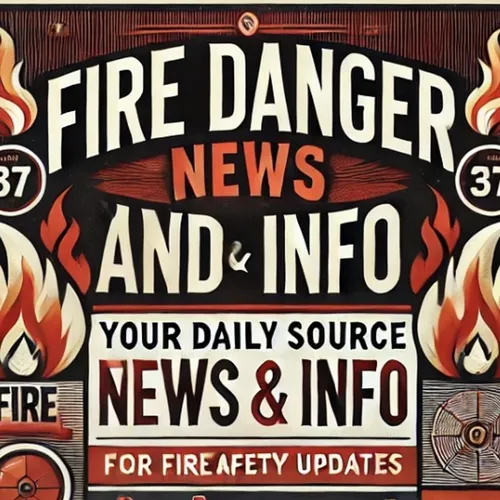"Surge in Wildfire Danger Grips the US Amid Extreme Heat and Drought"
- Author
- Quiet. Please
- Published
- Wed 16 Jul 2025
- Episode Link
- https://www.spreaker.com/episode/surge-in-wildfire-danger-grips-the-us-amid-extreme-heat-and-drought--67002542
Fire danger is surging across the United States this week, with significant events and evolving risk patterns prompting heightened concern. The National Interagency Fire Center reports that wildland fire activity ramped up notably through June and into July, especially in the northwestern US, Alaska, the Great Basin, and the Southwest. While total acres burned this year remain below the ten-year average, the number of individual wildfires is well above average, at nearly one hundred and thirty percent. Major heatwaves and below normal precipitation have left large swathes of California, much of the northern two-thirds of the West, and the Columbia Basin especially vulnerable, as many areas received virtually no rainfall in June. The West faces above normal temperatures and continued dry conditions forecast through September. The risks are particularly elevated at low and middle elevations because early-season heat rapidly dried out grass and brush, while a weaker snowpack than last year is allowing California fires to spread at higher elevations as well.
In California's Sierra National Forest, firefighters are struggling to contain the Max Fire amid triple-digit temperatures and rugged, rocky terrain. Unsafe conditions have limited the use of heavy equipment, necessitating aggressive air attacks with fixed-wing and rotor-wing aircraft to check the spread. Over five hundred additional firefighters have been mobilized, and evacuation orders remain in effect for zone K61 in Fresno County, underlining the seriousness of the threat according to updates from the US Forest Service and CAL FIRE.
Nevada County also faced a vegetation fire near Lowell Hill Road and Red Dog Road, where crews deployed tankers and helicopters early to attack the flames. The Lowell Fire was held at approximately one acre as of the latest reports, but with the potential to grow to twenty-five or thirty acres if not quickly suppressed. Fortunately, no structures are threatened and there are no evacuations at this time. Air attack assets remain on site to maintain control.
Arizona's Grand Canyon region has been particularly hard hit by the White Sage Fire, which expanded rapidly under extreme heat and low humidity. According to ABC News, evacuation zones were widened to include large portions of the Grand Canyon National Park, forcing visitors and staff to leave. An extreme heat warning remains in effect for the area, with some locations expecting temperatures up to one hundred fifteen degrees. The combination of severe drought, high temperatures, and wind is making firefighting efforts particularly dangerous and complex.
Nationwide, states like North Carolina are experiencing varying local risks, with some areas classified as having high or very high fire danger, meaning fine fuels ignite easily and fires can spread rapidly from unattended sources even as most of the Southeast continues to watch for potential shifts in weather conditions.
Globally, while major wildfire events continue in regions such as southern Europe and Canada, the US remains at the forefront of active wildland fire management this week as persistent drought, extreme heat, and wind-driven events drive up fire danger and strain firefighting resources. The focus remains on enhanced preparedness and aggressive initial response to prevent new ignitions from escalating into devastating blazes.
Some great Deals https://amzn.to/49SJ3Qs
For more check out http://www.quietplease.ai
